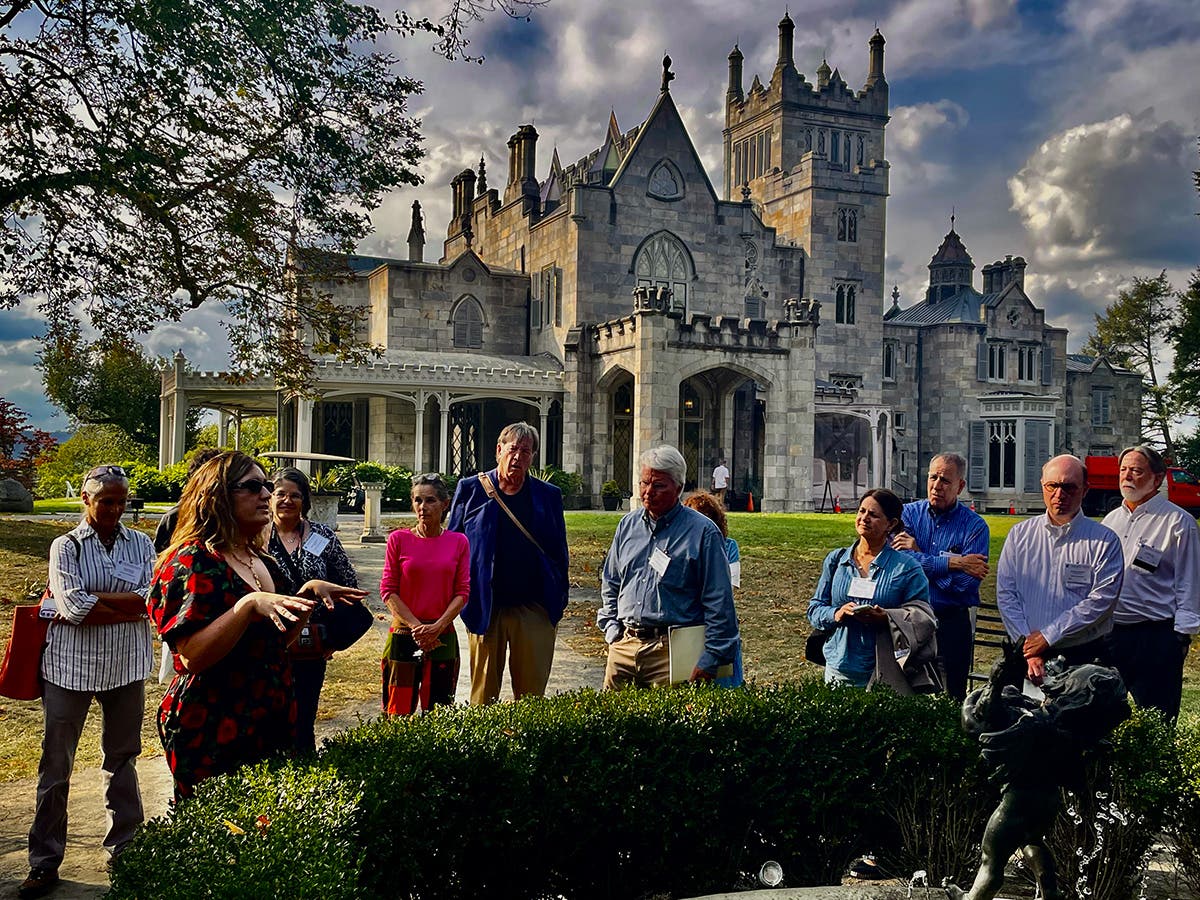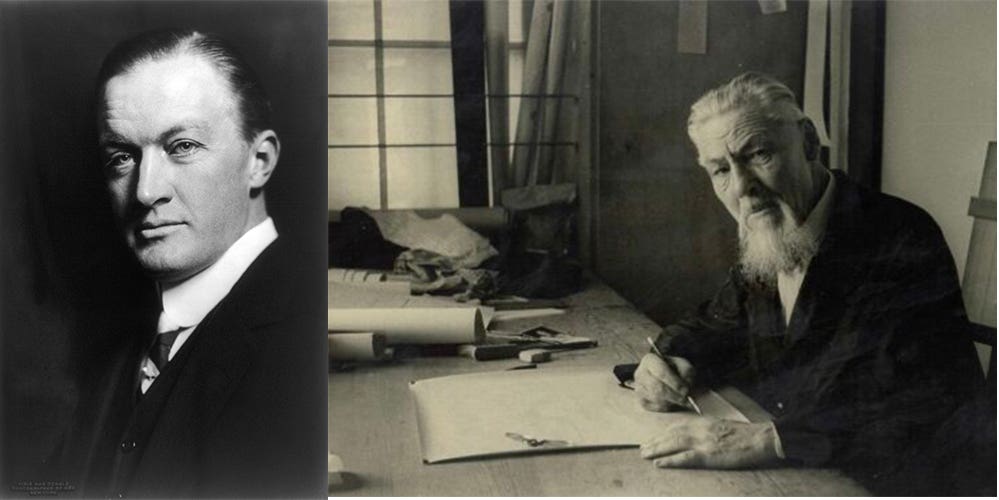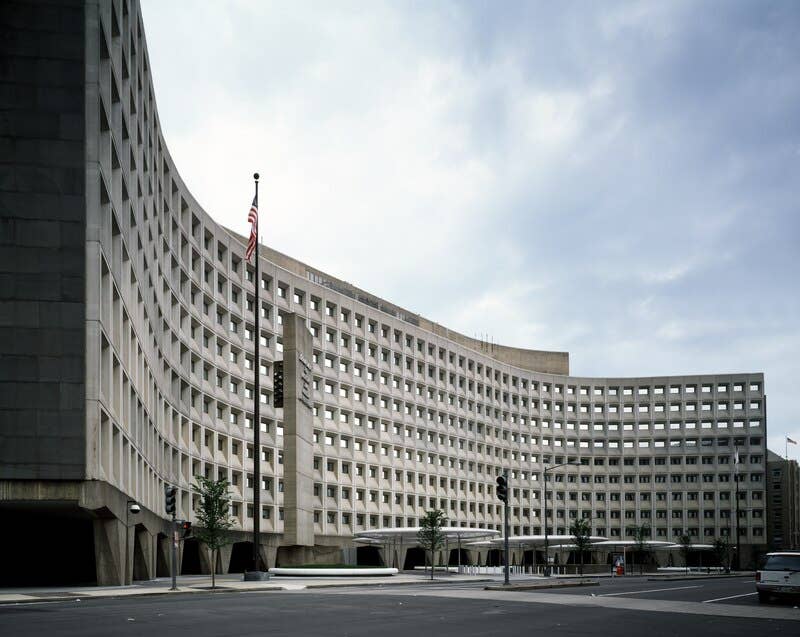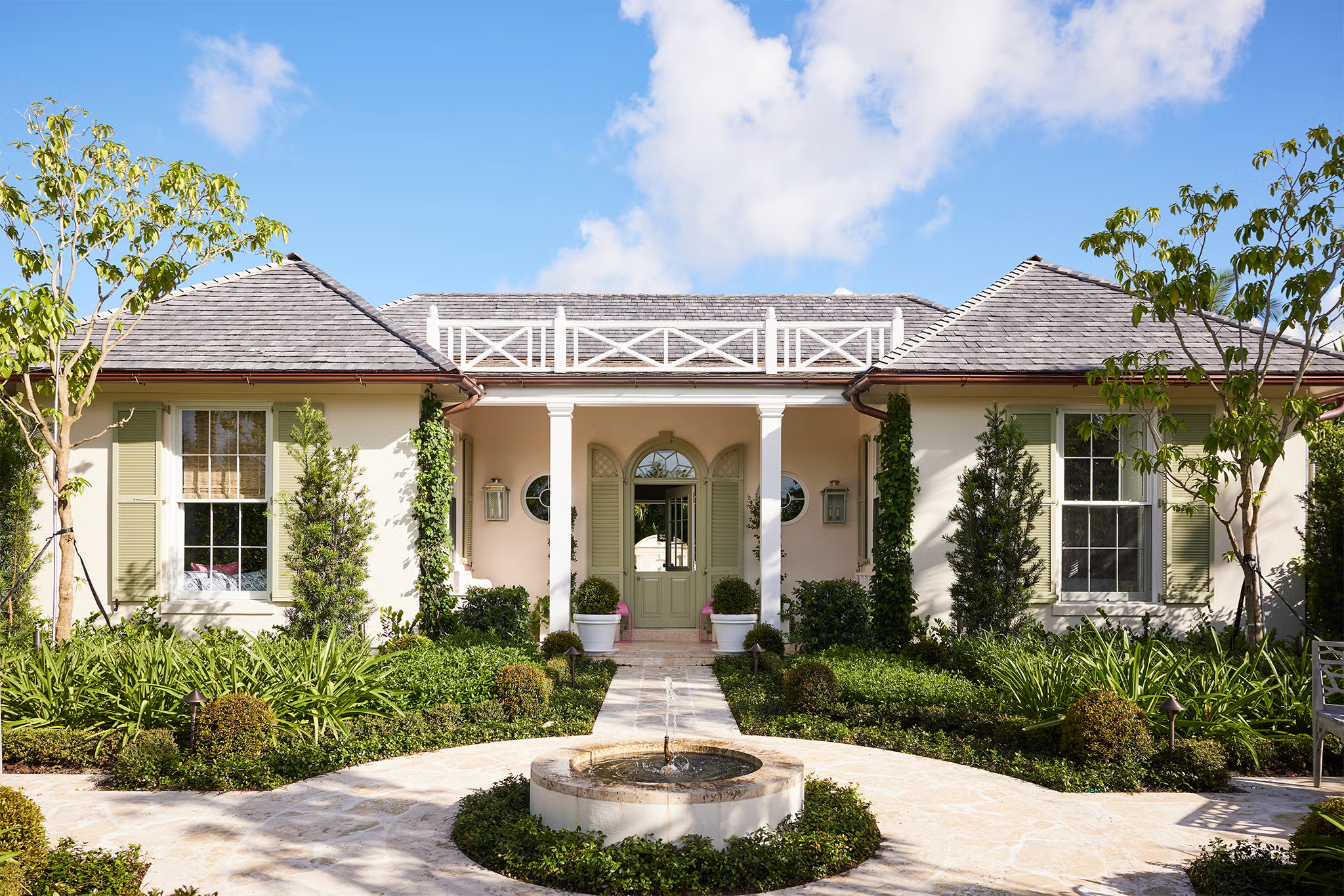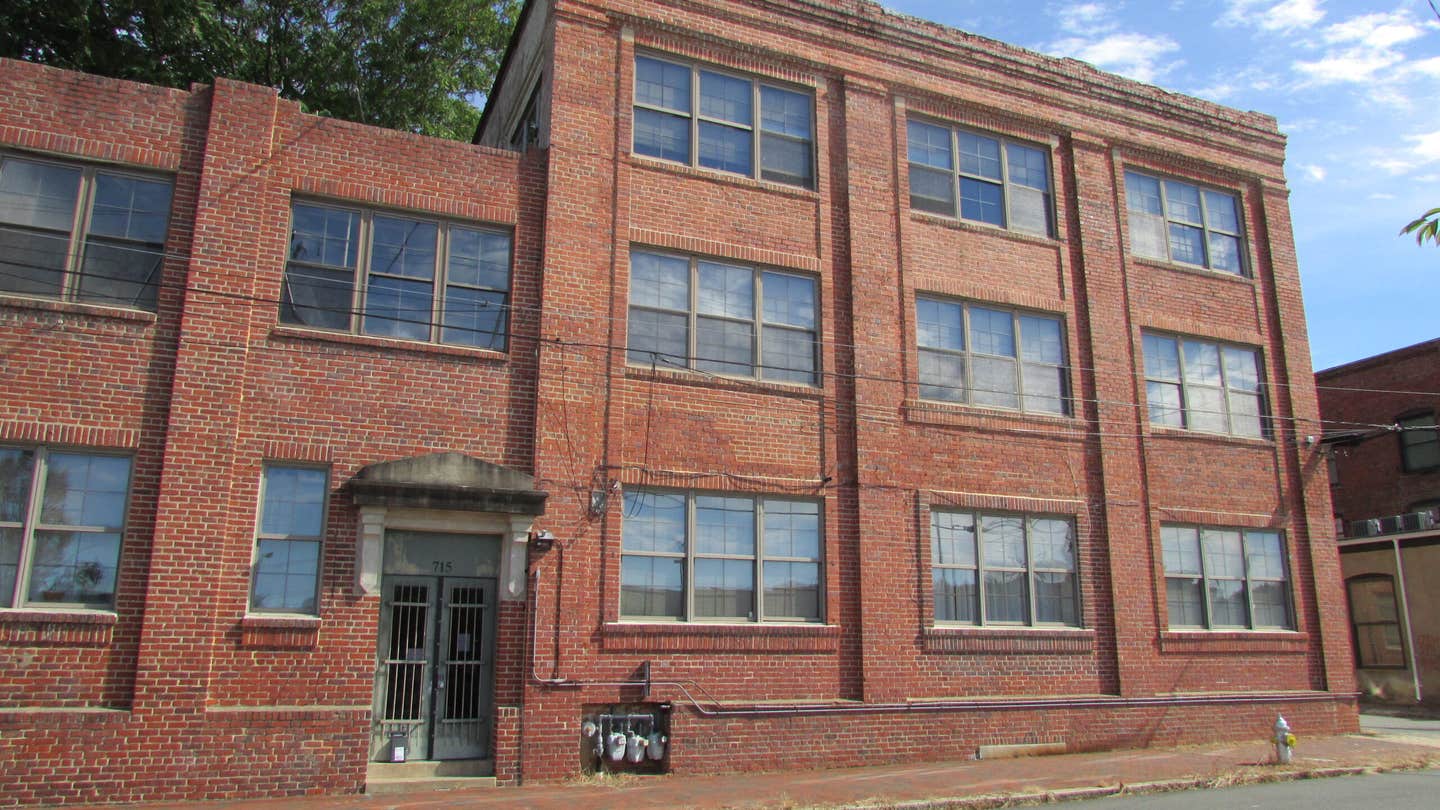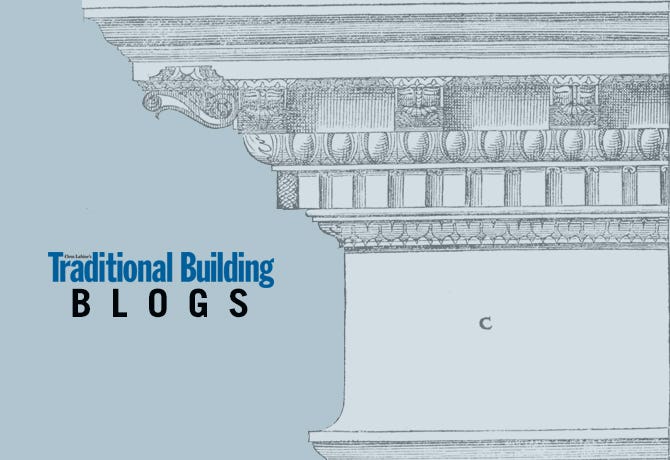
Rudy Christian
A Voice for Preservation
It’s been an honor this year being a “voice for the trades” in my blog, but having recently attended and presented at the Saving Places conference in Denver, it became quite obvious that a lot of people are talking about the need for “a voice for preservation.”
Even Emily Wadhams, vice president of public policy for the National Trust for Historic Preservation, who was standing in for Richard Moe as the opening keynote, made mention that in light of the drastic cuts to funding for historic preservation in the Obama administration’s proposed federal budget, it’s clear that the message isn’t getting to Capitol Hill.
I think part of the problem is a lack of networking among organizations like the National Trust for Historic Preservation (NTHP), the Association for Preservation Technologies (APT) and the Preservation Trades Networks (PTN), as well as the various statewide organizations like Colorado Preservation Inc. (CPI) and all of the various state historic preservation offices. Even though a conference like CPI’s Saving Places drew more than 900 attendees this year, and the annual conferences of the NTHP, APT and PTN draw a few thousand more annually, effectively at each individual event we are not getting the message out to the general public or the various state governments, let alone Capitol Hill. Instead, for the most part, we’re preaching to the choir.
Carl Elefante, AIA LEED AP, director of sustainable design for Quinn Evans Architects, who has been much quoted for saying “the greenest building is...one that is already built” pointed out in his keynote that part of the problem is also public perception and “green” marketing. Even though sustainably designed and constructed buildings have been with us for time immemorial, our constant desire to improve things has caused far too many of our historic buildings to have their natural lighting and ventilation characteristics short circuited by new and improved mechanical systems that make them dependent on oil-based energy.
And it’s virtually impossible to find anybody who hasn’t been influenced by the replacement windows industry’s marketing blitz to “replace those old drafty windows” with the latest manufactured vinyl miracle. My own experience has shown me that it’s really hard to find anyone not in the preservation field who even knows historic windows can be restored!
Finding our voice
The harsh reality is that if we want to find a voice for preservation it will need to be loud to enough to be heard over the deafening sound of the voice of the mass-manufactured marketplace. We hear that voice pretty much every time a television or non-public radio station is on, and if we aren’t hearing it, we’re reading it on the billboards and neon-lit city streets that used to be historic downtowns and now are obscured by the "marketecture" of modern life.
Even if we can manage to see a historic building still standing, we don’t relate to it as a functional and useful thing; rather, we see it as a relic or curiosity, and if we happen to go inside, we most likely won’t find much if anything of its original character. In fact, we may find it is a brand-new building bonded to a historic façade with steel and epoxy and concrete.
I don’t think very many people who work in preservation or a related trade or field would argue that a stronger voice for preservation would be a bad thing, and if it could be heard on Capitol Hill and it did cause funding to be re-established, continued or increased, most of us would be glad and hope some of it made it to us; but how many of us would be able to say it was because we had worked “together” to make it happen?
Instead, too many of us would have to admit that we don’t have the confidence or motivation to get behind an effort to make the voice a reality, either because we don’t believe it will be used correctly or because it might not say what we feel needs to be said or because we’re concerned that in the wrong hands it will do more harm than good.
But the other harsh truth is that too often money is the problem. If used incorrectly, it can do tremendous, irreparable damage, and, invariably, when it becomes available, the carpet baggers will follow. So unless we can manage to successfully network and come to some general agreement about what we would like preservation to be, we should probably be careful about giving it a stronger voice.
Rudy R. Christian is a founding member and past president of the Timber Framers Guild and of Friends of Ohio Barns and a founding member and executive director of the Preservation Trades Network. He is also a founding member of the Traditional Timberframe Research and Advisory Group and the International Trades Education Initiative. He speaks frequently about historic conservation and also conducts educational workshops. Rudy has also published various articles, including “Conservation of Historic Building Trades: A Timber Framer’s View” in the “APT Bulletin,” Vol. XXXIII, No. 1, and his recent collaborative work with author Allen Noble, entitled “The Barn: A Symbol of Ohio,” has been published on the Internet. In November 2000, the Preservation Trades Network awarded Rudy the Askins Achievement Award for excellence in the field of historic preservation.
As president of Christian & Son, his professional work has included numerous reconstruction projects, such as the historic “Big Barn” at Malabar Farm State Park near Mansfield, OH, and relocation of the 19th-century Crawford Horse Barn in Newark, OH. These projects featured “hand raisings,” which were open to the public and attracted a total of 130,000 interested spectators. He also led a crew of timber framers at the Smithsonian Folk Life Festival, Masters of the Building Arts program, in the re-creation and raising of an 18th-century carriage house frame on the Mall in Washington, DC. Roy Underhill’s “Woodright’s Shop” filmed the event for PBS, and Roy participated in the raising.
Christian & Son’s recent work includes working with a team of specialists to relocate Thomas Edison’s #11 laboratory building from the Henry Ford Museum to West Orange, NJ, where it originally was built. During the summer of 2006, Rudy; his son, Carson; and his wife, Laura, were the lead instructors and conservation specialists for the Field School at Mt. Lebanon Shaker Village, where the 1838 timber frame grainery was restored. In July and August 2008, Rudy and Laura directed and instructed a field school in the Holy Cross historic district in New Orleans in collaboration with the University of Florida and the World Monuments Fund.
Rudy studied structural engineering at both the General Motors Institute in Flint, MI, and Akron University in Ohio. He has also studied historic compound roof layout and computer modeling at the Gewerbe Akademie in Rotweil, Germany. He is an adjunct professor at Palomar College in San Marcos, CA, and an approved workshop instructor for the Timber Framers Guild.




